|
There are a myriad of different reasons why people choose to homeschool their children: there is the economic benefit of avoiding high private school fees; there is the convenience of scheduling schooling around other family activities; if a child has special needs that aren't being met in public school; or you don't agree with public schools' curriculum choices.
One of the most important benefits of homeschooling is the flexibility with which you can tailor your child’s education. It is a well known fact that every individual has individual needs, and homeschooling allows you to create a learning environment that suits your child particularly. When you involve your child in that process, you create buy-in and ownership of your homeschool within your child. When you undergo homeschooling, it is important that you have a clear curriculum, mindset, and a plan to execute it. But within that plan, you should understand that you have a tremendous amount of flexibility: there are many different ways that a child can learn something, and many different things to learn in a given subject. One of the best ways that you can ensure a high level of learning retention is to encourage your child to take a personal interest in his or her education. Although this may seem obvious, many people growing up who went though a traditional school system will probably agree that their education was received in an authoritative way: schooling and your education was something that was done to you, not with you. When homeschooling, however, you can take advantage of the almost unlimited flexibility at your disposal and let your child take a more active role. While you can’t, obviously, let your child do whatever he or she wants education-wise, you should always explain to him or her a given education plan, and see what he thinks. Each year in the spring, my husband and I ask our daughter what she would like to learn about in history and science the next school year. While she doesn't have the flexibility to choose what she learns in math or language arts, she enjoys choosing what she learns in history and science, and therefore has more buy-in. For example, when you start your school day, outline the plan for the day with your child. Depending on his or her age you can also explain the reasoning behind the plan. If there are any things the child seems averse to doing, try and take them seriously. You should not, of course, avoid certain subjects or activities simply because your child doesn’t like them. You should, however, ask your child why he or she doesn’t like something in the day’s plan, and to suggest alternatives. In many cases you will be pleasantly surprised by what your child comes up with, and be able to incorporate it into the day’s work. As much as possible, you should have a list of alternatives in mind for assigned activities. The idea is to try and think of alternative activities that accomplish the same task. If your child protests against a certain exercise, then, you can offer them an alternative. This can be extremely effective in getting your children to learn material that they dislike. Oftentimes the child simply has to feel that he or she is more in control of the situation to enjoy it. Even though you are ultimately controlling your child’s education, by granting them small allowances and choices, while still sticking with the larger picture, everybody wins: your child feels he is doing what he wants to do, and you are still teaching your child what you want him to learn.
0 Comments
Buying homeschool curriculum can get expensive in a hurry. There are ways that you can purchase curriculum on a budget, however. Here are some tips and resources to show you how.
Affiliate links are used on this site. As an Amazon Associate, and affiliate of other companies as well, I earn from qualifying purchases. Read more in our disclosure. Deciding what our child needs in curriculum is the first step. Accessing scope and sequences of grades and curriculum can be done through curriculum company websites or their catalogs. Many companies, like Teaching Textbooks, offers free math placement tests so you can determine exactly what is your child's level. Apologia offers this free curriculum planning guide. The second step is determining a per-child curriculum budget. Don't be afraid to splurge on hardback, reusable books if they will be used by younger siblings. If you decide to use spiral curriculum or workbooks that are generally written in, either copy the pages or have the student write out the problems on notebook paper, leaving the workbooks free from marks. This way, younger siblings can use them (or you can sell them at either curriculum fairs or consignment shops). Curriculum Fairs / consignment shops This is where a simple search on the Internet with your town or city name comes in very handy. Search your town, with adding "homeschool curriculum fairs" or "homeschool curriculum consignment shops" in the search bar. You can gain some really good curriculum at fairs and consignment stores, but make sure you look through the books. I once paid for a science workbook that looked good for the first few pages, but then as my daughter worked through the workbook, the name "Ryland" was on every single page, and crossword puzzles were already completed. Buyer beware: just look through every page in workbooks , especially. Thrift stores You may need to go often, but you can find some bargains in thrift stores' book sections, especially if you're willing to keep an eye out for curriculum to be used later. I once found a high school economics books at a thrift store and snatched it up. Sure, my daughter's going into the seventh grade, but it's certainly something she can study as a senior in high school, and it was less than $2! Thrift stores are also good places to buy literature or living books. If you happen to find a set of encyclopedias, buy them; even though we have the Internet at our fingertips, there's something to be said about reading and using an encyclopedia for resources. Bargain stores You know the type: they're not exactly big-box stores, and they have seconds of products most of the time, but if they have a good book section, you can find some great workbooks, literature, and sometimes curriculum there. Homeschool supplies like crayons, paper, scissors, are often good deals, too. EBay We often think of Ebay as being a source for when we need a weird part for something (I'm currently in the market for a missing lid to my husband's favorite rice cooking pot). However, I have purchased many older school books for my daughter. As a homeschooler who refuses to teach Common Core, math textbooks from the early 2000s are perfect. Instead of a hundred dollars, last year I spent a little over $5 for Laura's math textbook. Be sure, in the Ebay search bar, you specify what you're searching for, such as "grade 6 math textbooks," or "grade 4 spelling textbooks." Use the link in bold above to access Ebay's math books, and you can search for other things, too. Curriculum Providers Since the summer is curriculum buying-time, you can often find some good deals on curriculum and/or shipping. Apologia is offering free shipping on orders over $150 right now. Notgrass History offers first-rate history textbooks for all grade levels plus a great deal of general homeschooling resources. One curriculum creator, Rabbit Trails Homeschool, is launching new curriculum on July 1. She is having a party inside of her Facebook group, Relaxed Homeschoolers, The Rabbit Trails Way. During this party, she will be sharing all of the new releases, there will be giveaways, sharing new freebies, and there will even have an exciting flash sale opportunity. Don't miss this -- make sure you join the group today so you won't miss it. In my own store, you can buy my newest study, Gospel Grammar, at 22% off with the coupon code Summer22 (along with everything else in my store, as the sale is storewide). Gospel Grammar is a Bible study about grammar, and a grammar study about the Bible. You can find curriculum creators on Facebook (just do a search for one you're looking for) to access deals they have going on. Amazon Amazon is not who we usually think of when it comes to homeschool curriculum, but they have a ton of curriculum available, in addition to supplies, computers, printers, and laminators.. Right now they have a lot of brand-name curriculum on sale for upwards of 20% off. Be sure to access this direct link for homeschool curriculum. Budgeting Once you have a list of subjects you want to do with your child, make a list of curriculum providers. Some providers provide all-in-one curriculum packages that include everything. A lot of that depends on your child. If your child is at grade 4 in math but grade 6 on everything else, ask the curriculum provider if you can switch out grade 6 math for grade 4, for example. Or, you can tailor-make an eclectic curriculum for your child using many different sources. Once you have a list of curriculum and/or subjects, you can use this handy homeschool curriculum budgeting tool to help you keep track of costs. Don't forget to count music lessons, sports, and other extracurricular activities in that, as they also can count for homeschool (handy info to have for attendance records!). Websites I have a number of free or low-cost websites I use a great deal in homeschooling my daughter. These websites either supplement her curriculum by way of worksheets or online games, or I use them as curriculum. I pay to use Education.com so I can utilize their word search and crossword generators for spelling. This website's annual plan is under $10 a month; paid monthly, it's $15.99 a month. I don't know about you, but $119.88 is a lot better than $191.88. I use this website every single day--and Laura loves the educational games that I can assign to her to complete. Disclosure: I am not an affiliate of Education.com. Another website I use often, that I am also not an affiliate of, is Teacherspayteachers.com. You can search for free worksheets, and have a wealth of worksheets at your disposal, or you can pay per download for more expensive worksheets, lessons, projects, and other resources. One website of which I am proud to say I am an affiliate, is SchoolhouseTeachers.com. Right now, through June 22, they are having a membership sale of less than $16 a month. Members receive a great deal of benefits, including a printed magazine, free access to hundreds of full courses and unit studies, record keeping resources, lesson plans, scope and sequence information, and a full curriculum for every grade. My daughter wants to do unit studies for science when we start back up September 1, and we're going to do that using SchoolhouseTeachers.com's incredible science unit studies. Plus, all members become automatic affiliates, so if you really like it, and share your affiliate link with your homeschooling friends and on social media, you can make some money, too. Homeschooling can be an expensive endeavor--but it doesn't have to be. With a little creativity, asking the right questions, and looking for deals, you can find curriculum to teach your child without spending a ton of money. Don't forget to search for "homeschooling" on Facebook Marketplace--you will be amazed at the deals you can find there. Happy Homeschooling! ~ Terrie (C) 2022 Terrie Bentley McKee ALL RIGHTS RESERVED
In a summer of rising fuel costs, beating boredom while you either take a break from homeschooling or have a lighter homeschooling load can become a very expensive proposition. Here are some fun, budget-friendly summer activities for homeschoolers.
This post may contain affiliate links. When you purchase using these links, I receive a small commission that helps provide for this website and homeschool ministry. Thank you for your support. Backyard Campout Gather your tent, bedding, snacks, flashlights, fire pit, s'more making materials, and pitch your tent in your own back yard for a campout. Share stories from your childhood with your kids, eat s'mores, sit around a campfire, and either sleep outside or stay out really late and sleep inside. Either way, you're making memories with your children--memories they will always remember. Catch Fireflies Arm all your kiddos with mason jars, with holes punctured in the lids, or this cute bug jar, and let them catch fireflies outside. Encourage your kids' innate thirst for learning with this free science lesson about fireflies from Rabbit Trails Homeschool. This free lesson on fireflies is a favorite among Rabbit Trails users. Learn all about fireflies with amazing books, create your very own firefly that glows, and have some amazing summer fun learning together! Be sure to check out other incredible lessons Rabbit Trails Homeschool has to offer--my daughter loves them! Water Play In the hot days of summer, nothing is more refreshing than water play. If you have access to your own pool, add a bunch of pool noodles and floats to have a great time (keep all those toys corralled when you're not using them with this pool toy storage and equipment holder. This holder can also be used to keep pool and outside toys organized when not in use if you go to a neighborhood pool, too. If you're like me, and don't have access to a neighborhood pool, most cities and towns have community pools that, for a small fee, Pools are not a requirement for water play, though. You can get an elaborate sprinkler like thisginormous, inflatable dinosaur one that stands six feet tall (!!!) or hook up a simple garden sprinkler to a water hose like this one, and let your kids jump through the water. If you live in an apartment with a patio or balcony, set out a pot of water on a towel on the patio or balcony, add measuring cups or plastic bowls, and let your child pour and splash to his or her heart's content. Reading On days when it's really hot outside, and you just don't want to spend the gas money going to the library, grab some books that haven't been read yet, or in a while, from your own book shelves. Encourage your child to turn off the screens and explore other places using the magic of books. Use this fun, summer-themed log to keep track of reading times, and when all the popsicles are colored in, let your child pick out a movie or a board game to play--or another book to read! Family Game Nights One of our family's favorite activities is playing board or card games together. The cool thing about games is that they're great learning tools--and the child doesn't even know he or she is learning! Our favorite board game, "Empire Builder," is incredibly hard to find, these days, sadly, but the closest thing to it is called "Empire Express." In this game, for 12 years old and up, players create competing railroad empires by drawing railroad tracks with crayons upon an erasable board. A player wins by utilizing a network of rail lines to acquire and deliver goods efficiently to accumulate the largest personal fortune. We've found, though, that wet erase markers instead of crayons work best. Other games that are favorites in our house are "Clue," "Settlers of Catan," and playing gin rummy with a standard deck of cards. There are so manyversions of "Clue" that there's something for everyone. Other favorites are "Hi Ho! Cherry-O," "Candy Land," and "Twister." Any games you have in your house are good games to play--the important thing is to play them and enjoy each other's company. Neighborhood or Nature Walks It's often too hot in the heat of the day to go for walks, but in the early morning, it's a great time to simply go for family walks either in the neighborhood or for nature walks in the woods (stay on paths so you can be careful of snakes). Later in the evening is also a good time to go for walks. Don't just walk, though--use the time to talk, catch fireflies, pick up interesting rocks, and chat with neighbors. If you take your dog on a walk during the afternoon or early evening, please be aware that the pavement can be blistering hot to a dog's paws. If the temperature outside is 85 degrees, asphalt in the sun can reach over 140 degrees! Protect your pup's feet with these dog boots for hot pavement. Family walks cost nothing, but they often encourage the best talks, and have incredible learning opportunities. Sandcastles Sandboxes are easy to make: buy a simple kiddie pool and add play sand. Cover it with a small tarp, held down with boards, bricks, or even logs from the firepit stash at night to prevent rain from dampening it or cats from using it as a litter box. Using various sizes of plastic food containers from either the cabinet or the recycling bin, and a small container of water, your child can create the most incredible sandcastles. Yes, you can purchase more elaborate sandcastle forms that kids (and adults!) alike would get a lot of enjoyment from as they build turrets, bricks, towers, and other castle structures, but you really don't need to. You can also make a sandbox by using a small tent add play sand on the inside of it. With the rain fly attached and it zipped up, there's very little chance of the sand being spoiled by rain, insects, or cats. Forts My daughter loves building indoor forts. Utilizing sheets or blankets, cover a dining room table with them and drape it over the side. Let the child design it to his or her heart's content. Add a thick quilt on the floor and a pillow, a flashlight, and some books, you may even catch your child reading in the fort--or even taking a nap. Forts can be as simple or as elaborate as your home or sanity will allow. Catch a Game Many communities have either church or neighborhood baseball or softball leagues that play in parks. You don't have to spend money to see a good game with pro baseball when you have games happening in nearby parks. Some parks even have concession stands; if they don't, make sure you pack a cooler with drinks and snacks. There are many fun, budget-friendly activities you can do in the summer and continue to learn, as learning doesn't just happen at a desk or in a book. Explore your own county and check out places that you don't normally visit, like off-the-beaten path antique stores, county museums that may not have websites (so you wouldn't know about them in your field trip planning), or use the time to tackle some projects around the house as a family. Most of all, have fun! - Terrie (C) 2022 Terrie Bentley McKee ALL RIGHTS RESERVED |
AuthorTerrie Bentley McKee is an author and speaker who homeschools her youngest daughter. Married to her husband Greg, they have four children, all of whom have special needs of varying degrees. Terrie is a follower of Jesus Christ and tries to glorify God in all she does. To read more about her testimony, click here. Affiliate LinksHomeschooling One Child is a participant in the Amazon Services LLC Associates Program, an affiliate advertising program designed to provide a means for sites to earn advertising fees by advertising and linking to amazon.com. Check out our YouTube channel!Check out our podcast!Please pin!Archives
January 2024
Categories
All
|
- Home
- Blog
- Podcast
-
Resources
- Teach What is Good Devotional
-
Convention Resources
>
- Homeschooling a Teen with Autism
- Tips on Creating a Disability-Inclusive Church
- How to Teach Your Exceptional Child about Faith
- Homeschooling Preschoolers with Autism
- How to Pick Developmentally Appropriate Curriculum for your Autistic Child
- Overwhelmed
- Homeschooling One Child
- Life Skills Chickens
- Strategies on Homeschooling Kids with Special Needs
- About Us >
- Vlog
- Homeschooling News
- Printables
- Special Needs
- Curriculum
- Encouragement
- Home Management >
- History
- Science
- 25 Days of Advent
- Courses
- Store
(C) 2023 Terrie Bentley McKee ALL RIGHTS RESERVED
- Home
- Blog
- Podcast
-
Resources
- Teach What is Good Devotional
-
Convention Resources
>
- Homeschooling a Teen with Autism
- Tips on Creating a Disability-Inclusive Church
- How to Teach Your Exceptional Child about Faith
- Homeschooling Preschoolers with Autism
- How to Pick Developmentally Appropriate Curriculum for your Autistic Child
- Overwhelmed
- Homeschooling One Child
- Life Skills Chickens
- Strategies on Homeschooling Kids with Special Needs
- About Us >
- Vlog
- Homeschooling News
- Printables
- Special Needs
- Curriculum
- Encouragement
- Home Management >
- History
- Science
- 25 Days of Advent
- Courses
- Store


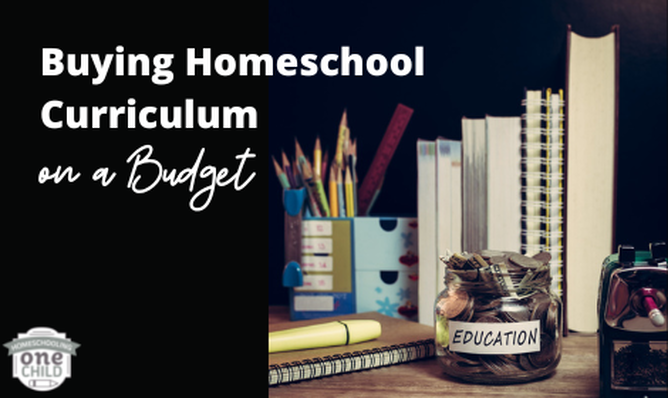


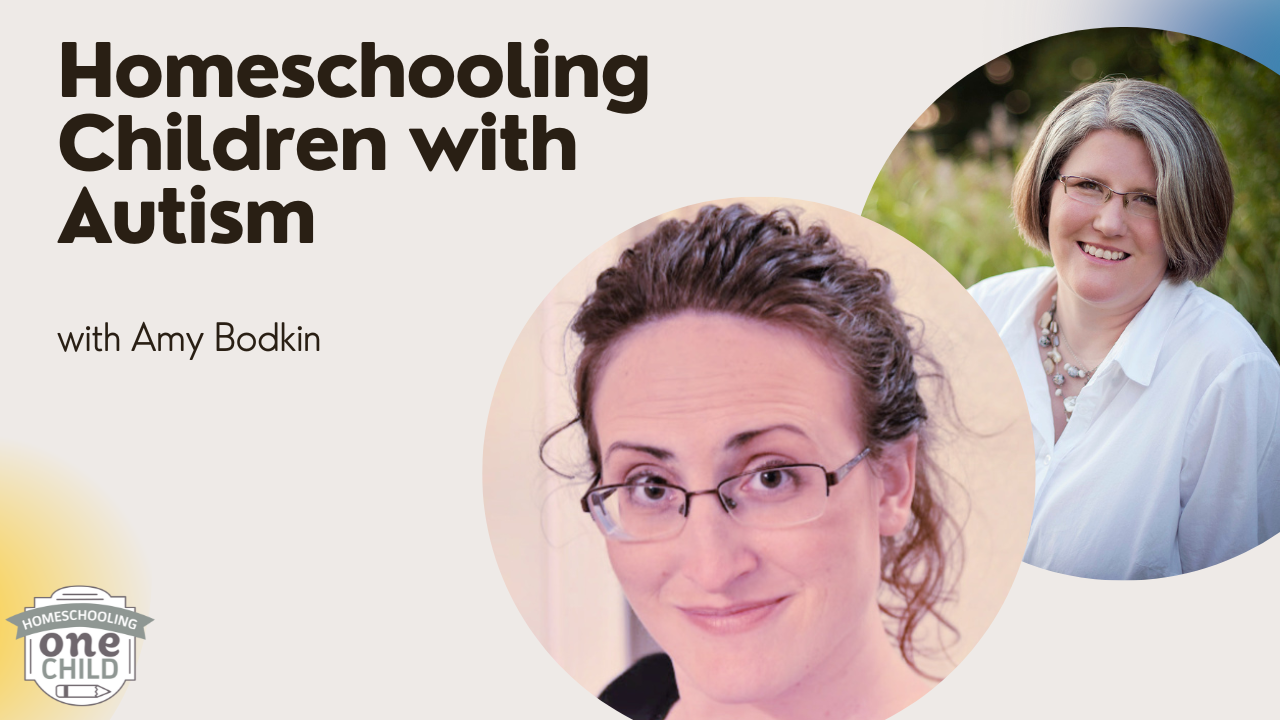


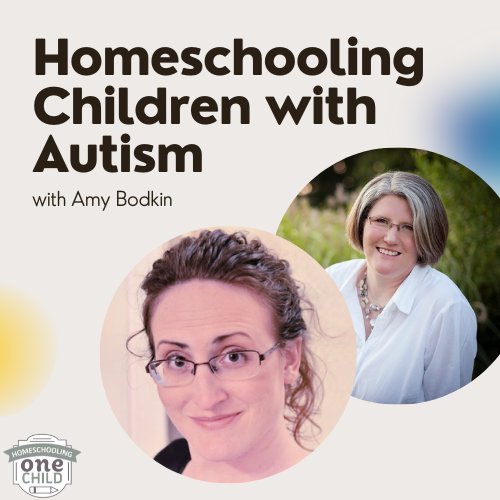
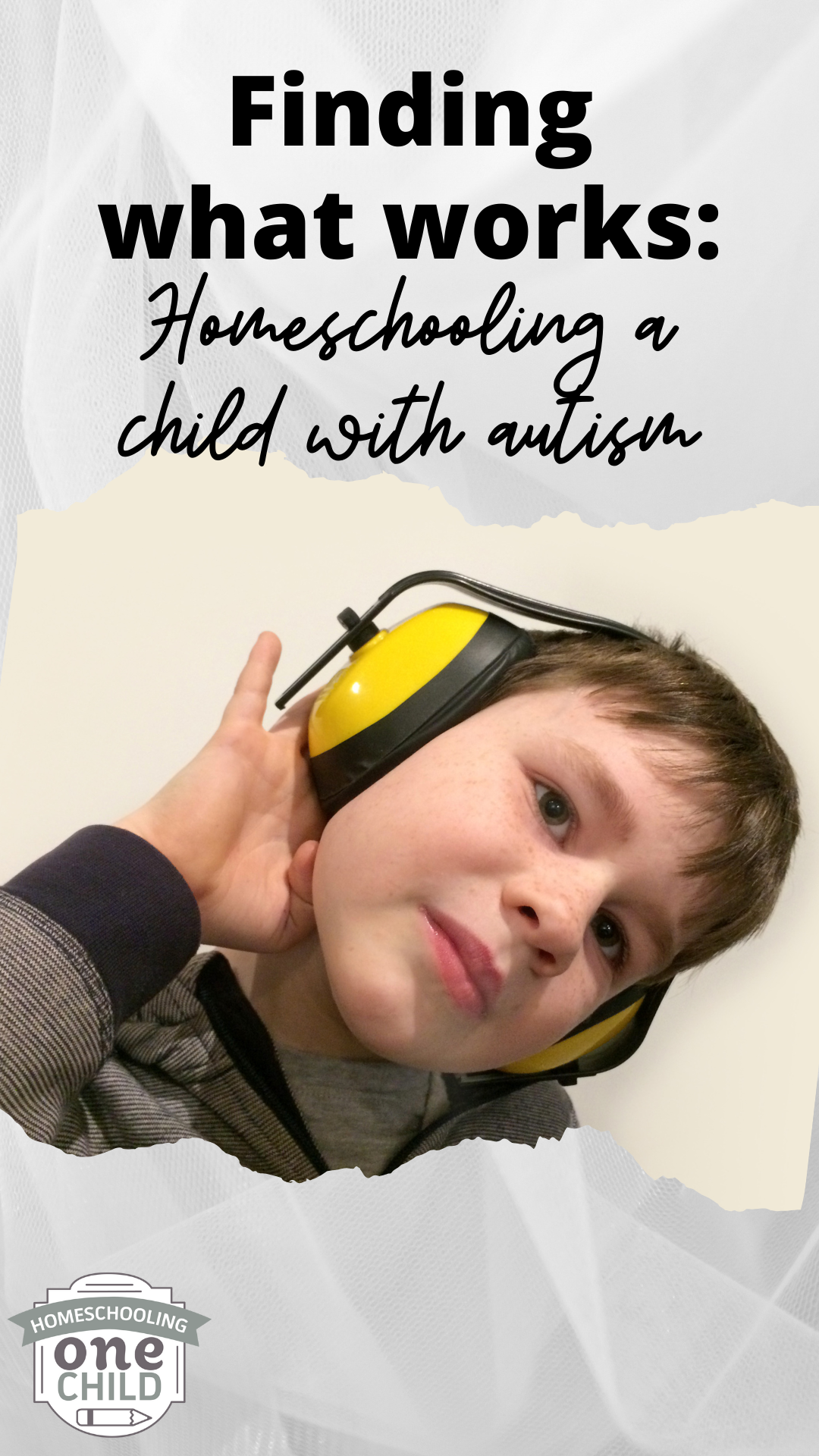
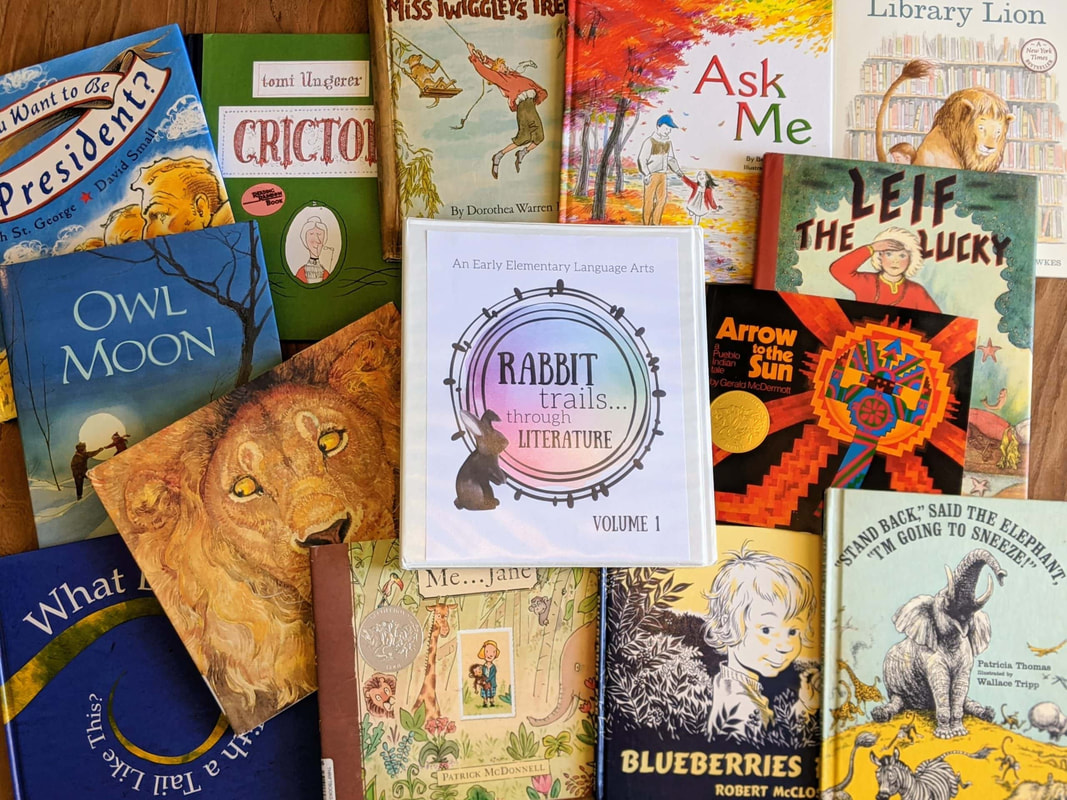
 RSS Feed
RSS Feed
